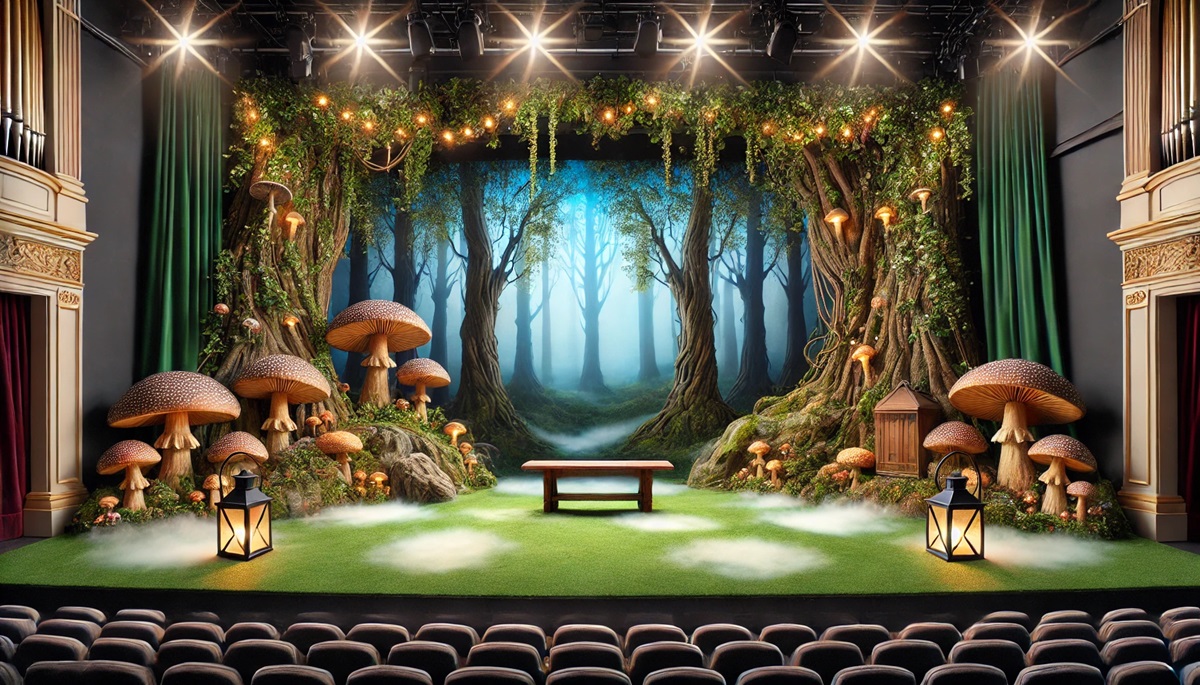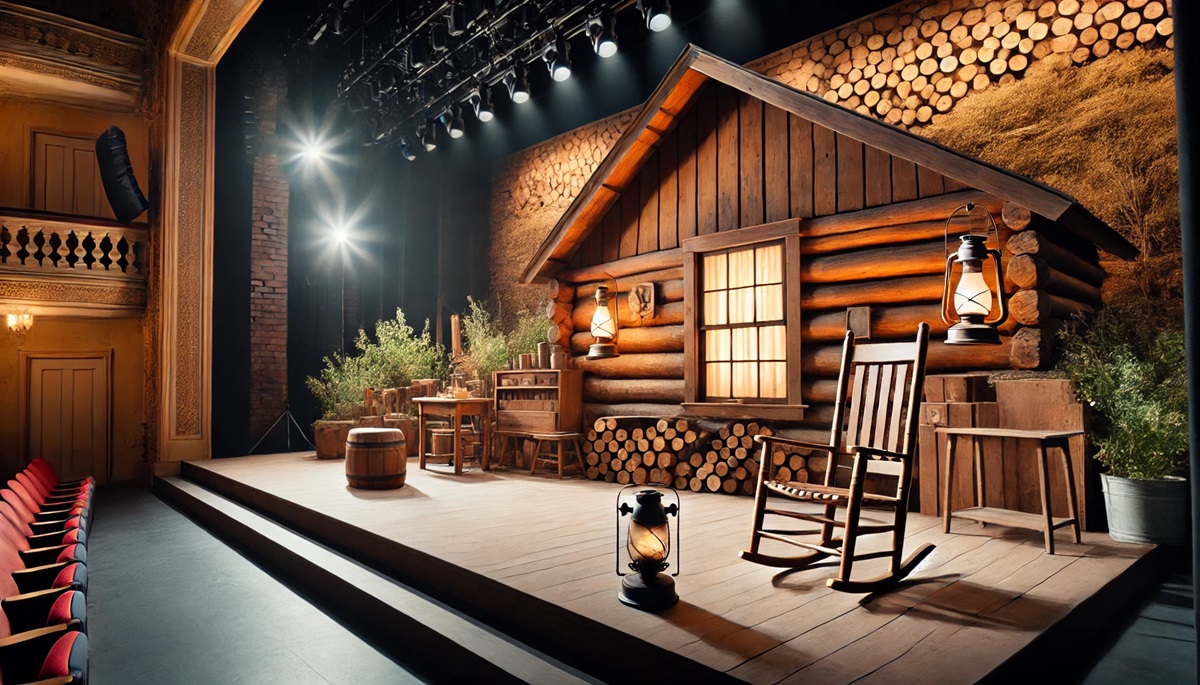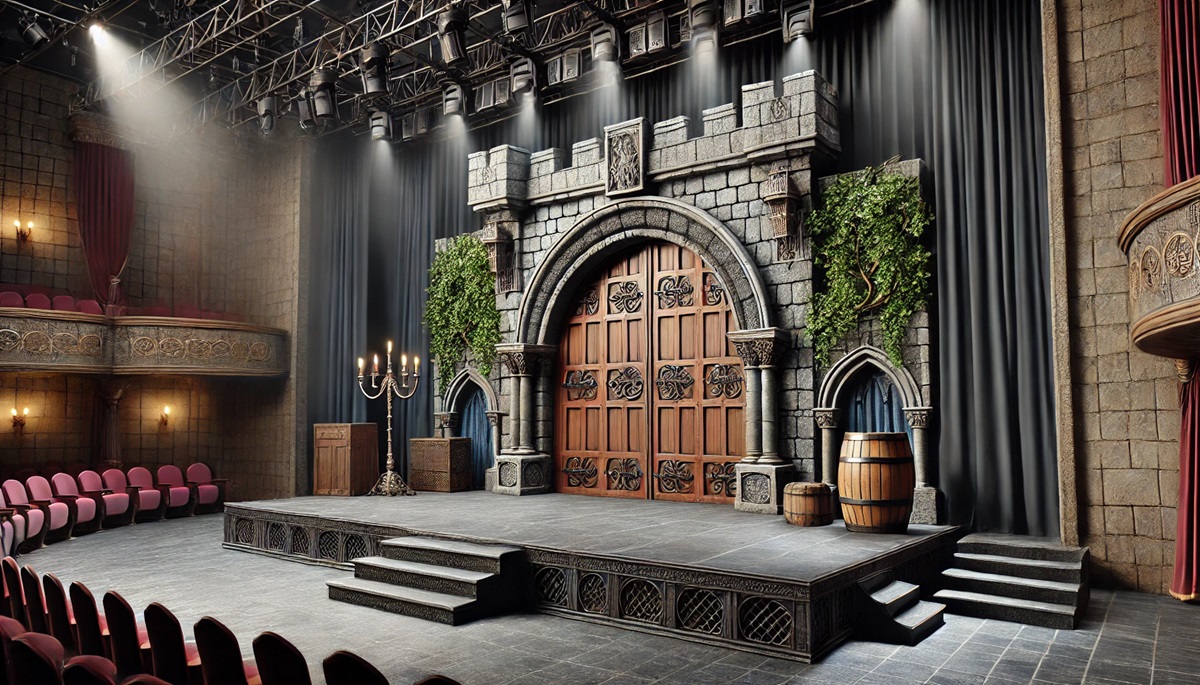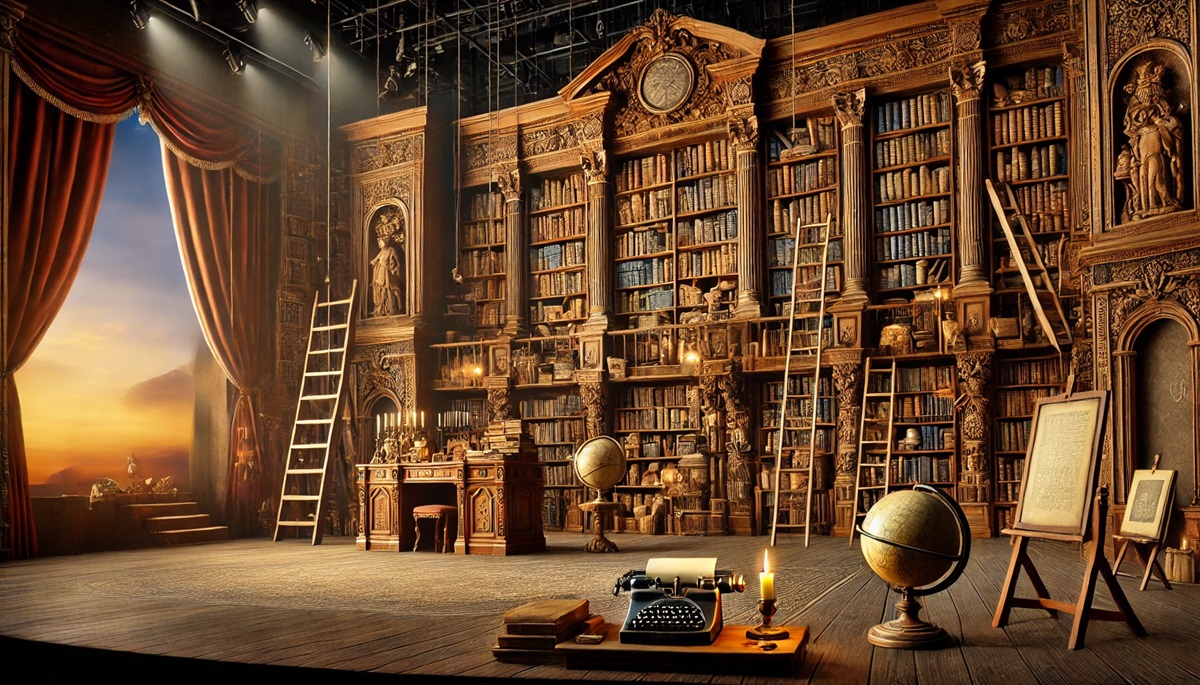The Essential Role of Theatrical Stage Props: Enhancing Stories Through Objects
In the vibrant world of theater, where every detail contributes to the magic of storytelling, theatrical stage props emerge as indispensable elements that breathe life into performances. These objects, whether they are simple household items or elaborate, symbolic creations, serve multiple functions that enhance the narrative, develop characters, and immerse audiences in the story. In this blog, we will explore the multifaceted role of theatrical stage props, the creative processes behind their design and fabrication, notable examples that have left a mark in theatrical history, and the profound impact they have on both performers and spectators.

The Multifaceted Significance of Theatrical Stage Props in Storytelling
At their core, theatrical stage props are objects used by actors to facilitate storytelling. They help establish the setting, develop characters, convey themes, and elicit emotional responses from the audience. The significance of props can be categorized into several key aspects:
- Setting the Scene: Props play a crucial role in creating the physical environment of a production. They help establish the time period, location, and mood, allowing the audience to immerse themselves in the world of the play. A meticulously designed prop, like a vintage typewriter, can evoke a specific era, while a rusty old trunk might suggest adventure and nostalgia. By carefully selecting and arranging props, designers can transport audiences to different places and times, enhancing the overall experience.
- Character Development: The use of props can reveal essential details about a character’s personality, background, and motivations. For example, a character who clutches a worn-out teddy bear may evoke feelings of nostalgia or vulnerability, while one wielding a sword could suggest bravery or aggression. These interactions with props help audiences connect with characters on a deeper level, adding layers to their development. A prop can often serve as a character’s extension, enhancing their journey and giving audiences clues about their emotional state.
- Symbolism and Themes: Many props carry symbolic meanings that enhance the themes of a production. A broken clock might symbolize the passage of time or stagnation, while a vibrant flower could represent hope and renewal. The use of symbolic props enriches the storytelling by inviting audiences to engage with deeper meanings and interpretations. Through the strategic placement of props, playwrights and directors can subtly emphasize the underlying messages of the play.
- Creating Visual Interest: Props contribute to the visual aesthetic of a performance, adding layers of detail that enhance the overall experience. The colors, textures, and designs of props can help create a specific atmosphere or mood. A bright, cheerful prop can evoke happiness, while dark, foreboding objects might create tension. Props are a critical part of the visual language of theatre, aiding in the overall aesthetic and making the performance more captivating.
- Facilitating Action and Interaction: Props often serve functional purposes that allow for action and interaction within the story. Characters may use props to communicate, solve problems, or express emotions. For instance, a character may pour a drink, hand over an important document, or use a tool in a moment of crisis. These interactions help to drive the narrative forward and engage the audience, making the story feel dynamic and alive.
The Collaborative Process of Designing and Creating Theatrical Stage Props
The creation of theatrical stage props is a collaborative effort that brings together a diverse range of artists, craftsmen, and designers. This process typically involves several key stages, from initial brainstorming to final installation.
- Concept Development: The journey of creating stage props begins with concept development. Directors, set designers, and prop masters collaborate to define the overall vision for the production. They analyze the script, discuss character arcs, and identify the specific props needed to enhance the narrative. This initial brainstorming session sets the foundation for the entire prop-making process.
- Research and Inspiration: After defining concepts, the design team conducts research to gather inspiration. This phase may involve exploring historical references, artwork, and photographs that relate to the time period or setting of the play. Designers often visit museums, libraries, and antique shops to find authentic items that can inspire their creations. This research phase is critical for ensuring that props accurately reflect the world of the story.
- Design Sketches and Models: Once designers have gathered inspiration, they create sketches and models of the props. These initial designs outline the size, shape, and materials needed for each item. Designing props at this stage allows the team to visualize how they will fit into the overall set and helps identify any potential issues before moving into production.
- Material Selection: The choice of materials is a vital aspect of prop-making. Designers consider factors such as weight, durability, and visual appeal when selecting materials. Common choices include wood, foam, plastic, metal, and fabric. For example, lightweight materials may be used for props that need to be easily moved by actors, while more robust materials may be chosen for items that require stability.
- Construction and Fabrication: Once the designs are finalized and materials selected, the construction phase begins. Skilled artisans and craftsmen bring the designs to life using various techniques, such as woodworking, metalworking, sewing, and painting. The construction process involves cutting, shaping, and assembling the materials to create the final props. Attention to detail is crucial at this stage to ensure that the props meet the desired specifications.
- Painting and Finishing Touches: After the primary construction is complete, props undergo a finishing process to enhance their appearance. This includes painting, weathering, and adding textures to achieve a realistic look. For instance, a wooden table may be painted to appear aged and worn, while a treasure chest might be adorned with intricate details to emphasize its importance in the story. These finishing touches elevate the props and ensure they align with the overall aesthetic of the production.
- Installation and Rehearsals: Once the props are completed, they are installed on stage. The prop master collaborates with the director and set designer to ensure that each item is placed correctly within the set. During rehearsals, actors practice their interactions with the props, allowing the production team to make any necessary adjustments to ensure everything runs smoothly during performances.

Iconic Examples of Theatrical Stage Props That Shaped Theatre History
Throughout the history of theatre, certain stage props have become iconic, leaving a lasting impact on audiences and influencing future productions. Here are a few notable examples that highlight the creativity and significance of theatrical stage props:
- The Tramp’s Cane in Charlie Chaplin’s Films: Charlie Chaplin’s character, the Tramp, is often seen with his cane, which serves as a signature prop in many of his films. The cane not only aids him in walking but also becomes a tool for comedic gags and visual storytelling. Its versatility exemplifies how a simple prop can enhance character development and humor.
- The Rose in “Romeo and Juliet”: In Shakespeare’s timeless play, the rose symbolizes love and beauty. The famous line, “A rose by any other name would smell as sweet,” underscores the importance of this prop in conveying the themes of love and desire. Its presence on stage evokes powerful emotions and resonates with audiences across generations.
- The Magic Wand in “Harry Potter”: In various stage adaptations of J.K. Rowling’s beloved series, the wand is a crucial prop that symbolizes magic and power. Each character’s wand is unique, reflecting their personality and abilities. The wands serve as visual cues for the audience, helping to establish the magical world and enhancing the overall theatrical experience.
- The Red Dress in “The Handmaid’s Tale”: In the stage adaptation of Margaret Atwood’s novel, the red dress worn by the Handmaids serves as a potent symbol of oppression and resistance. The stark color and design convey the bleakness of the characters’ lives while also emphasizing themes of individuality and rebellion. This prop has become emblematic of the story, sparking discussions about gender and power.
- The Green Light in “The Great Gatsby”: In both the novel and its adaptations, the green light at the end of Daisy Buchanan’s dock serves as a powerful symbol of Gatsby’s dreams and aspirations. The light represents hope, desire, and the unattainable, making it a central prop in the story’s exploration of the American Dream.
The Emotional Impact of Theatrical Stage Props on Audiences
The emotional power of stage props can significantly affect audience engagement and connection to the narrative. Through careful design and placement, props can enhance the emotional landscape of a performance, allowing viewers to engage with the story on a deeper level.
- Eliciting Emotional Responses: Well-crafted props can elicit strong emotional responses from audiences. A character holding a cherished object, such as a locket or photograph, can evoke feelings of nostalgia and longing. Similarly, a prop that signifies loss or conflict, like a broken chair or shattered vase, can create tension and empathy. By tapping into these emotions, props deepen the audience’s investment in the story.
- Creating Relatability: Props can help audiences relate to the characters and their experiences. Everyday items, like a coffee cup or family photo, make characters more relatable and human. When viewers see props that mirror their own lives, they can connect with the narrative on a personal level, enhancing their emotional investment in the story.
- Enhancing Dramatic Moments: Props can intensify dramatic moments, heightening the emotional stakes of a scene. For instance, a character gripping a weapon during a tense confrontation can create a palpable sense of danger and urgency. The presence of a prop can amplify the stakes of a situation, drawing the audience into the conflict and making them feel the tension.
- Facilitating Memory and Reflection: Props can serve as visual reminders of key themes and moments in a story. When audiences recall a performance, specific props may trigger memories and reflections on the characters’ journeys. This lasting impact underscores the importance of props in creating memorable experiences, allowing themes and emotions to resonate long after the curtain has fallen.


